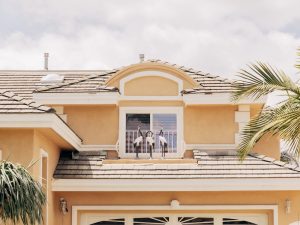Tom Hegen – photographing humanity’s impact on Earth
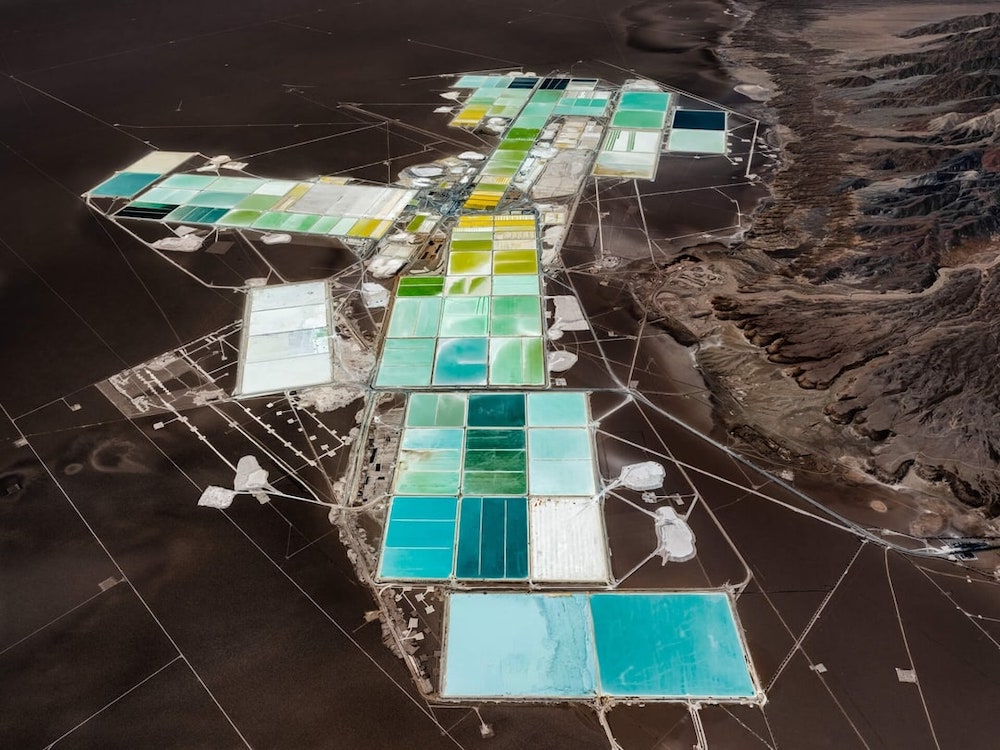
German photographer, Tom Hegen, has made a name for himself as a documentarian of the Anthropocene – the current geological age characterised by the impacts of humans on climate and environment.
For many of us, it can be challenging to connect to this new era or get a sense of its scope. That’s where Hegen comes in; using an aerial perspective, he captures and conveys the impacts humans have had on Earth’s surfaces in no uncertain terms. At times his visual series can be sombre reminders of our pillaging of the environment. Other times, they’re reflections of untouched nature, or meditations on the instances where human influence is indeed beautiful.
Recent work has highlighted our attempts to build a greener world. Hegen’s Solar Power Series shines a spotlight on massive green infrastructure projects while capturing the mesmerising spectacle they create. Previous projects have captured, from above, the cadence and texture of Alpine rivers in Switzerland, the luminosity of Greenland’s Icebergs, and the less appealing man-made signatures of coal mining plants, swaths of Los Angeles freeway, or Chile’s neon Lithium fields.
Hegen, fresh off a trip to Senegal where he was working on a series about salt harvesting, talked to Port about his work, what influences him, and the role of art in the Anthropocene.
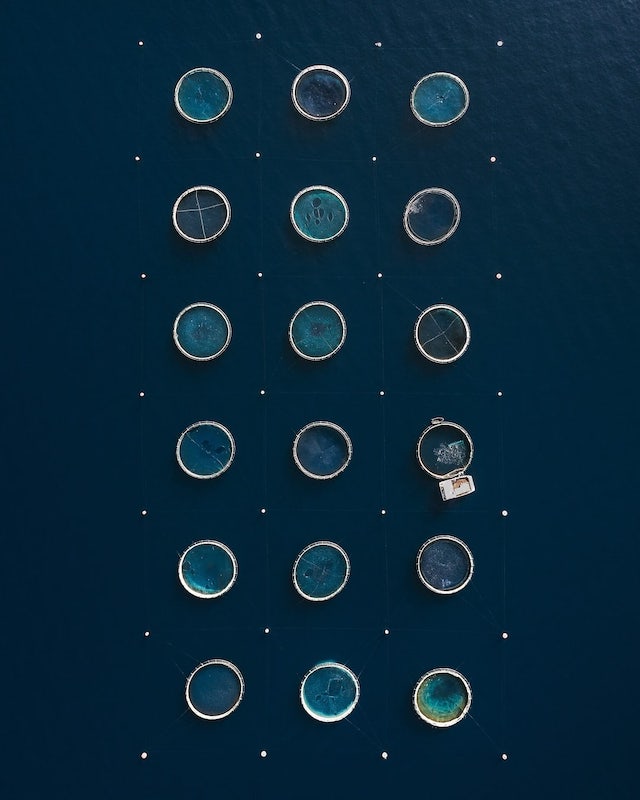
How would you describe your work or the mission that underpins it?
I see myself as a documentary photographer, exploring the relationship between humans and the natural world, but with a rather abstract and artistic visual approach. I always felt drawn to landscape photography and spent a long time trying to find those classic landscape image compositions. I always encountered elements like power lines, roads or buildings that were nasty in the picture though. At that time, I started to question the term landscape photography and why I was focused on a composition that tried to pretend to be part of some sort of ‘perfect world’ that didn’t really exist. So I started to focus on man-made landscapes and tried to find visual beauty in them. The concept and the story behind the image became equally important.
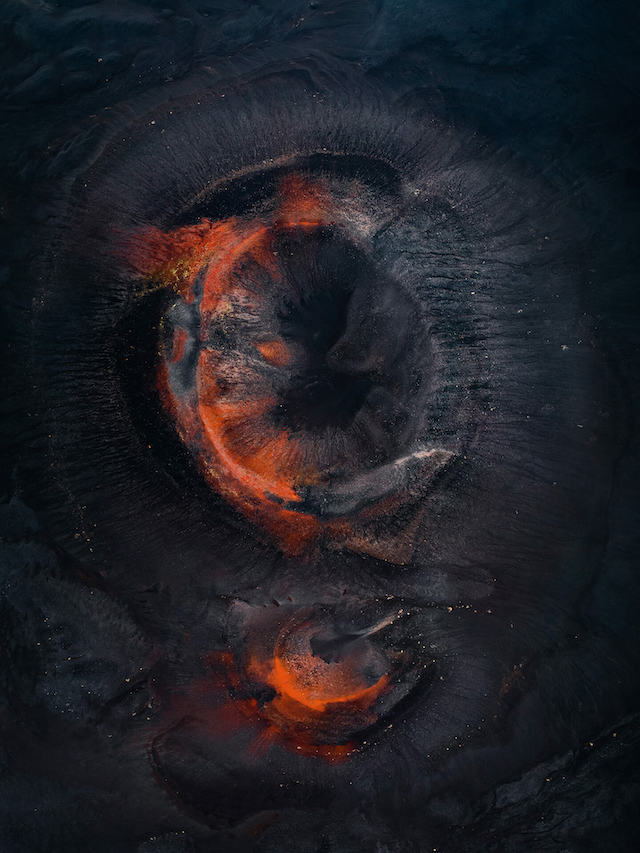
What do you want your audiences to feel when they view a Tom Hegen photograph?
My images possess a great level of abstraction and with a graphical approach. Some images will take time to decode to understand what you are looking at. This adds a fundamental level to it as the audience has to interact with the image and build a relationship with what they see. Also, I want my photography to be a window into a world that we all have a connection to, which is also not straightforward for most of us. Through the work, the audience explores themes they may have heard about but would have no idea what they actually look like.
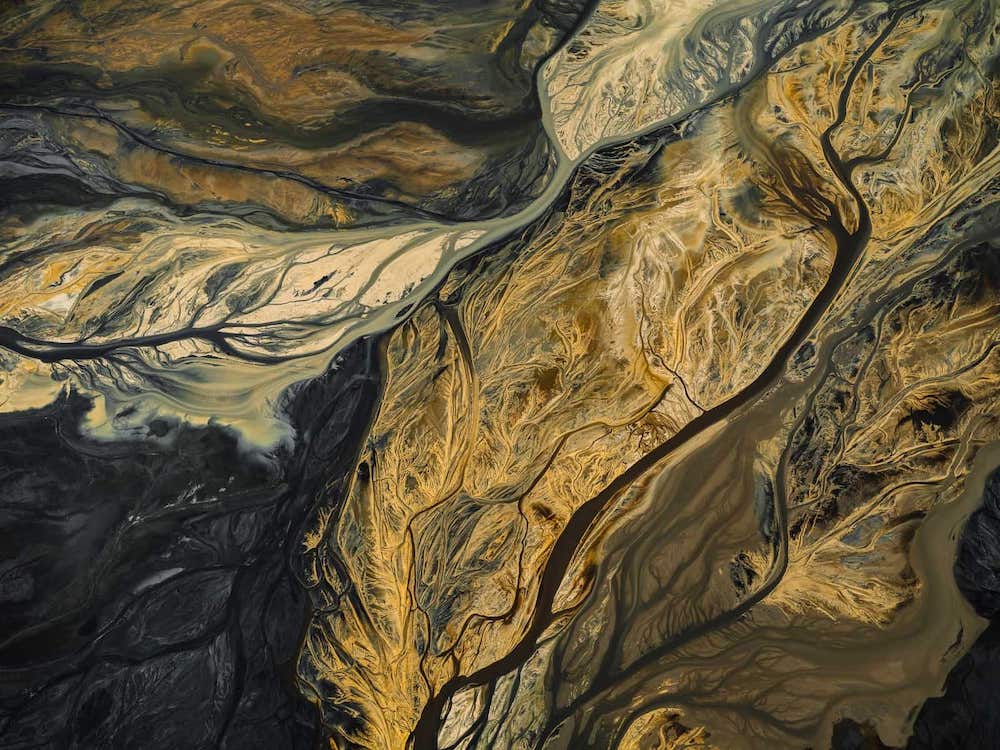
Why aerial or over-view imagery, have you always been drawn to this framing specifically?
I studied communication design. My eye is trained for composition, colour and shapes. The graphic quality of landscapes that comes with the overview perspective is quite unique. I’m still thinking and working as a graphic designer but solely with the medium of photography. Second, the distanced view enables us to see more. Aerial photography has the great potential to move a camera everywhere in three-dimensional space. This means the author is no longer limited to elevated viewpoints or tools that still keep the angle fairly low. The distance view shows the dimensions of human impact on the earth and puts our activities in the context of the surrounding landscape.
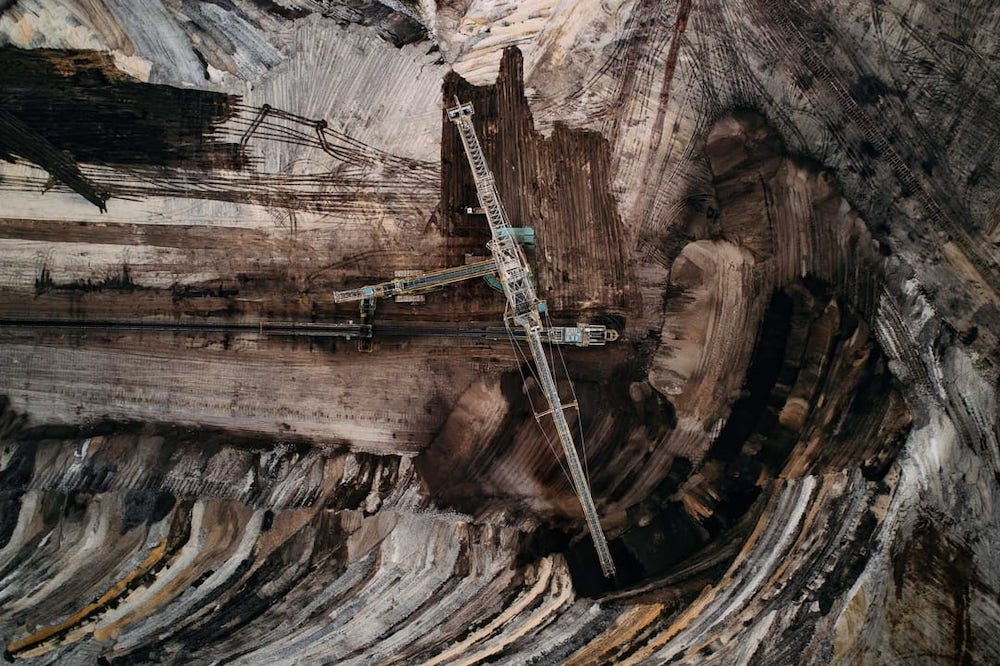
In your body of work there are series that are so striking in their capturing of raw, unadulterated nature without human interference. And then there are series that look at the human impact on the natural world, the series on coal mining comes to mind. Then there’s a third group that emerges, meditations on the beauty that can arise from human impact. The Farmlands in Spain Series, for example, captures humans’ impact on the natural world but in a wonderful way: it’s like humans as abstract painters. Following all of your different series is a tale of the nuances of the human – natural world relationship. Is that something you’re trying to get across? That there are extremes, but that it is not always bad?
The overall theoretical topic of my work is the concept of the Anthropocene. It’s a proposed term by many scientists that humans are the most important factor influencing our planet. However, Anthropocene does not mean by default that human-made changes are good or bad. It just means that we do what we have to do to live. Some activities though, have a worse impact on the environment than others. The mission of my work is to show that everyone and everything is interconnected, and there is a price to all that we do. I have the feeling that many people in the first world have lost their connection to the natural world around us. Hopefully, my images help create awareness for what we often take for granted.
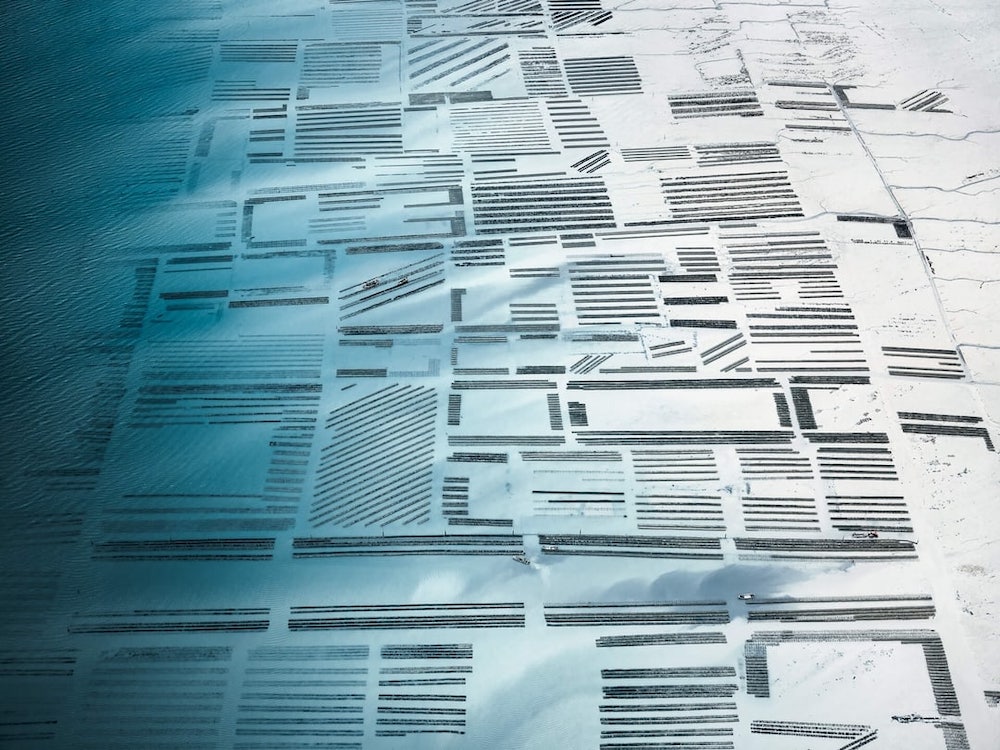
Exactly, it also feels that at times your work is rather urgent. The Two Degrees Series explores the effects of global warming – that was a pretty sharp selection of images from a corner of the earth many of us don’t get to see. What did you take away from that project?
That Series documents the effects of global warming on the Arctic Ice Sheet. It’s one of the least populated and remote areas in the world. Still, we impact it by burning fossil fuels and other factors through man-made climate change. It’s hard to believe that our species can change the global ecology all by themselves. The Arctic is one of the places that demonstrates our activities’ global connection impressively and shockingly.
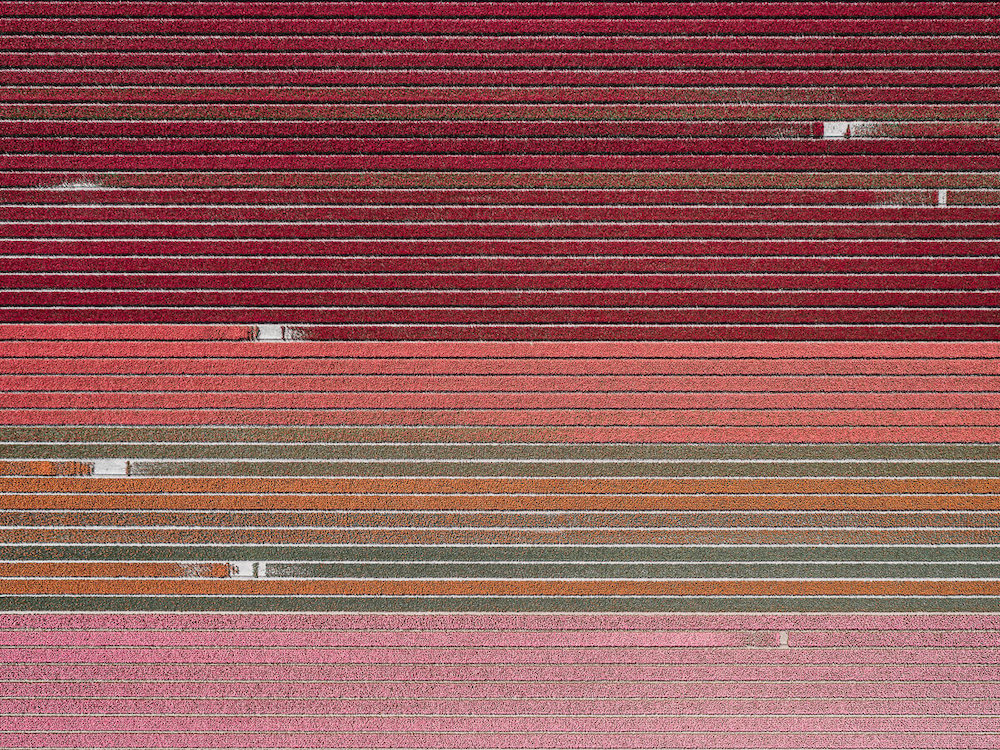
Your latest work – the Solar Power Series – has a more hopeful tone. Same with the Greenhouse Series, both offer a narrative that humans can and will increasingly work in tandem with nature. Are you optimistic that this is the case?
This series was inspired partly because I learnt that in one hour the sun gives the earth more power than we use in an entire year. I wanted to see some of the world’s biggest solar power fields and that took me to the U.S., France, and Spain. There are definitely attempts and efforts around the world to lower our impact, but I also see other issues. We, people from industrial countries, use most of the resources and even more than our planet can sustain. What if all the people from developing countries, which is actually the majority of the world population, want to live up to our standards? We also become more and more people on the planet every second. The UN projects an increase in the world population from currently around 8 billion to almost 10 billion by 2050, and more than 11 billion by 2100. All these people need to eat and drink. They want to live in houses, drive cars and fly to their holiday destination. One of the biggest challenges within the next decades will be how to deal with more and more people by having fewer resources every year. And ultimately, our species is very smart in building relationships and inventing things. But we are not good at learning from the past or looking into the future. We only take consequences when we are in distress. I am afraid that we will start acting in a way that would be needed only when it is almost too late. Still, I want to be positive and hope that my work can contribute to a better connection to the world around us.
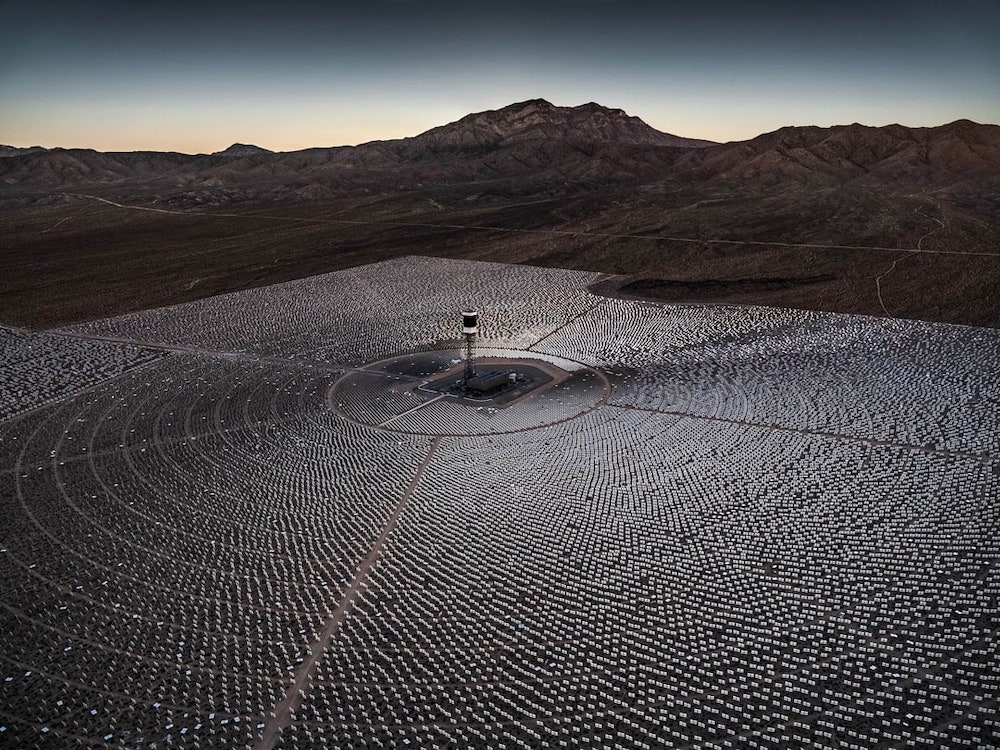
Do you consider yourself an activist or environmentalist?
I don’t see myself as an activist or environmentalist. I am an artist that communicates through art. My work reflects society and hopefully contributes in this way to development.
Do you think art can help save the planet?
Subjectively spoken – yes. Objectively, I think that information is the basis for every change. Scientists contribute to that pool of information with data and facts, journalists, authors; researchers contribute with real-world insights. And artists and photographers can contribute with visual evidence. The more information we have on a certain topic, the better we understand and the more we can evolve.
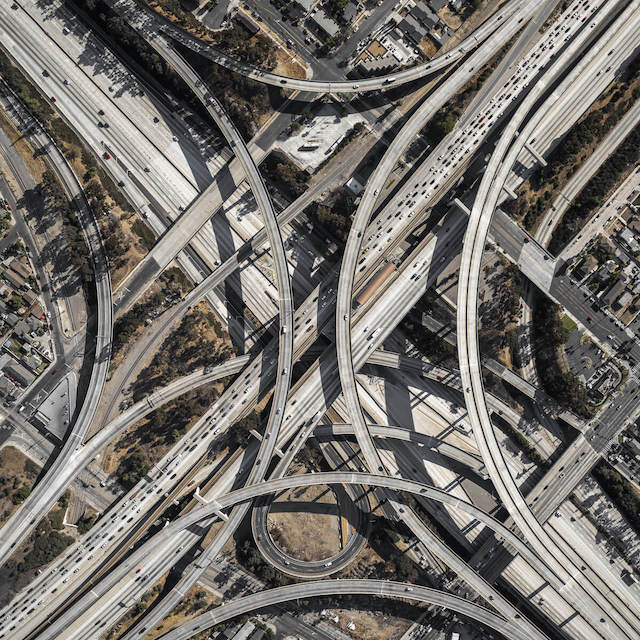
On a lighter note, I imagine, in this line of work, you fly in helicopters a lot?
It may seem like it but it’s actually not really the case. My projects a very much research-driven and take a lot of time to prepare. Some projects take more than two years to set up. I assume I am only 10% of my time out in the field. I am in my studio the rest of the time, planning projects, working on images, test printing, etcetera. A word on helicopters – they are great tools, but I mainly try to work with drones as they are more sustainable. Sometimes, it’s just not possible to use drones due to restrictions or distances that I need to cover.
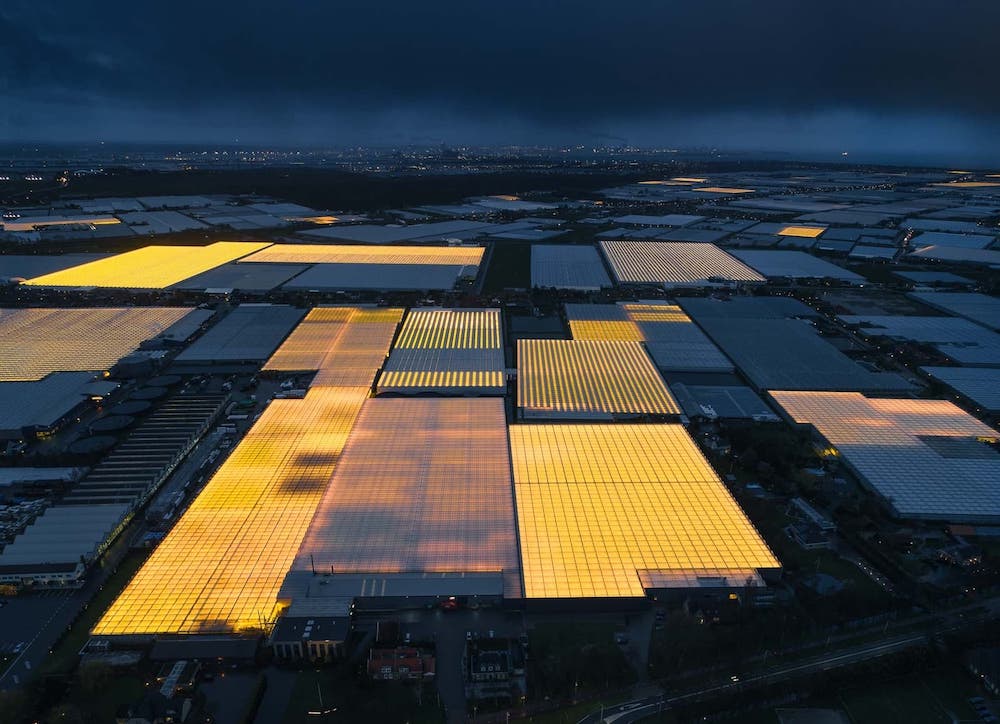
What’s next?
At the moment, I am preparing for a TEDx talk where I’ll share some insights into my work. I’m also working on a new book project that will be published later this year.



